What's in store - November 2023
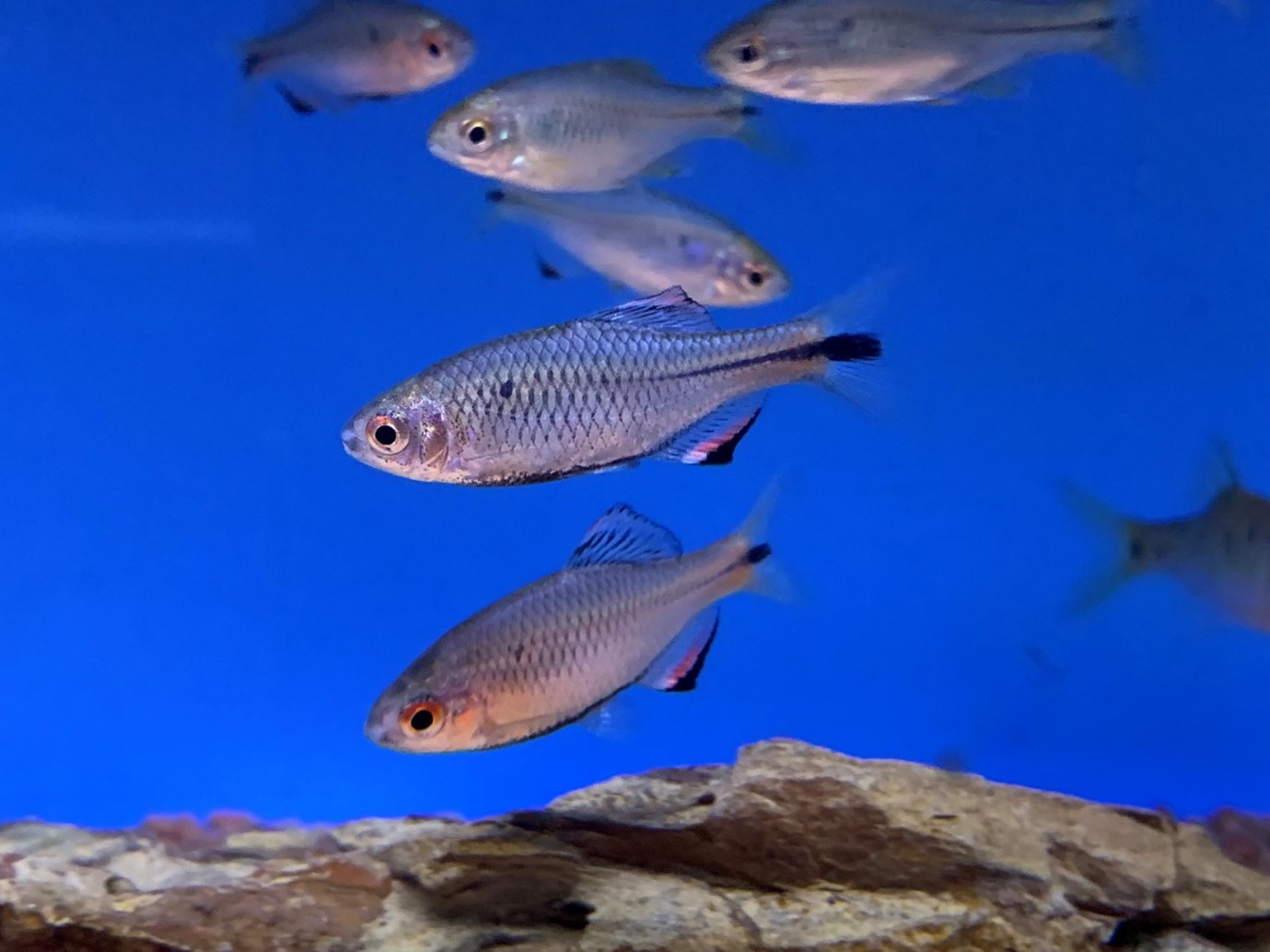
Temperate fishes are a misunderstood bunch, straddling the divide between tropical and coldwater fish. Typically, they hail from regions that have warm summers/wet seasons followed by cooler winters/dry seasons. One such fish is the Taiwan bitterling (Paracheilognathus himantegus) which is adapted to temperatures similar to those seen in the average heated home. In houses that are likely to drop appreciably lower than 18C, a heater might be required for the coldest nights. This can always be put on a timer if the thermostat doesn’t go low enough to offer an automated backup. This group were seen recently at our Bristol store.
https://www.fishkeeper.co.uk/fish/freshwater/cyprinids/taiwan-bitterling-
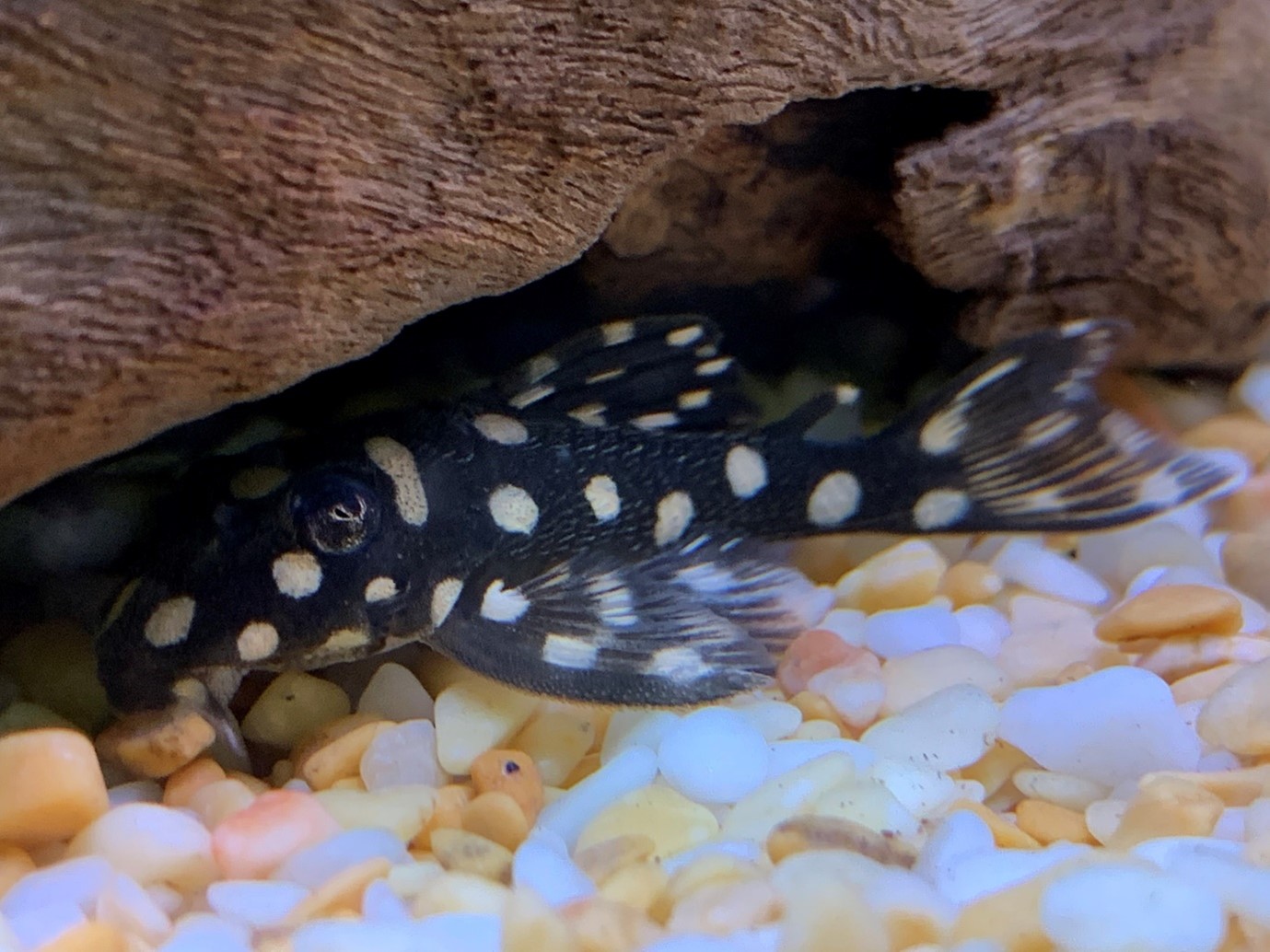
L number plecs are extremely popular pets and an increasingly large number are now seen as captive bred staples in many stores. Arriving in our stores as the Mini snowball plec (Hypancistrus sp. L471) this little beauty awaits scientific description but shares husbandry requirements with other members of the genus. Warm temperatures, high oxygen levels and meaty foods suit these fishes well and with looks like these it’s no wonder they don’t have to do the cleaning – don’t expect any of the Hypancistrus to have any effect on controlling algae growth. This fish was one of a batch seen at our Stratford branch.
https://www.fishkeeper.co.uk/fish/freshwater/catfish/loricariids-l-numbers-plecs
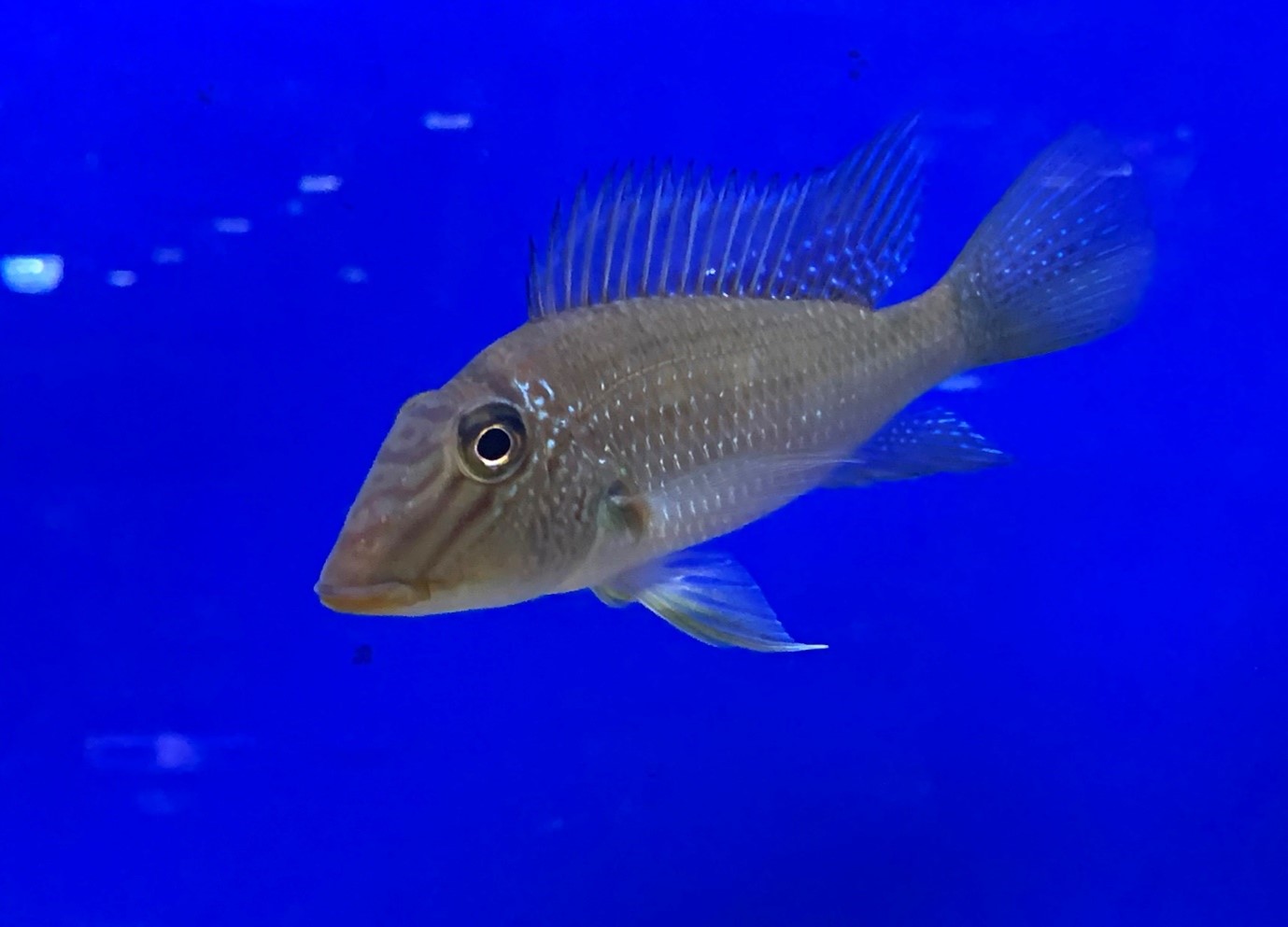
Cichlids are a complex bunch, with generalisations about size and aggression leading to all sorts of assumptions. Some of the most peaceful South American members of the family are the Eartheaters, although the rather dramatic binomial names don’t help. The Jurupari eartheater (Satanoperca jurupari) is named after a native demon, as well as the Satan namecheck. In reality these are placid shoaling fish that sift sandy substrates for the smallest of food particles and can be safely kept alongside all but the most bite-sized of tankmates - providing an aquarium sufficiently large to house six or more 20cm fishes is used. A number of species may be seen labelled as jurupari, including the spangle-cheeked S. leucosticta. This batch were seen at our Atherstone branch.
https://www.fishkeeper.co.uk/fish/freshwater/cichlids/jurupari-eartheater
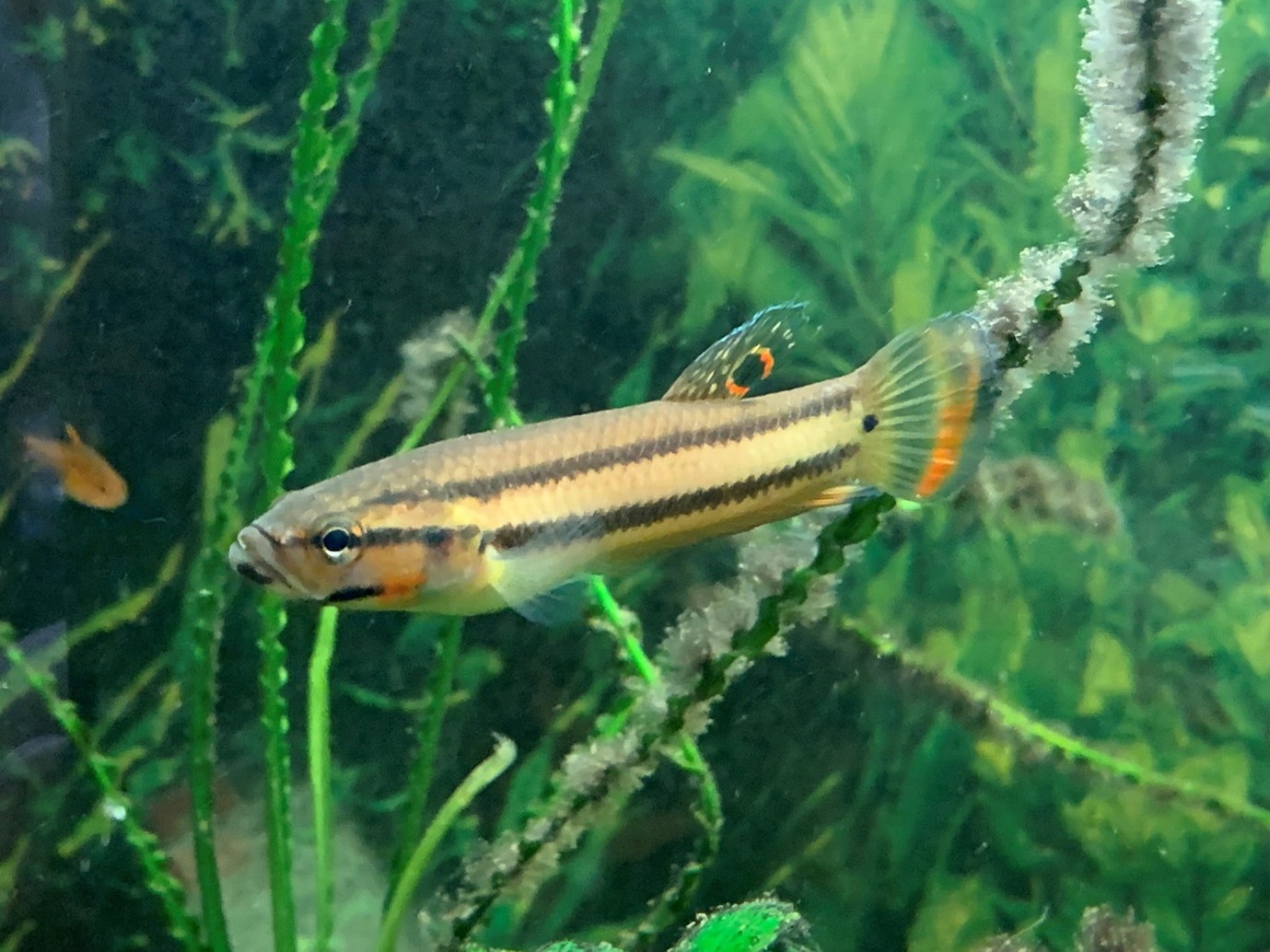
It’s easy to forget that the genus Betta includes a range of diverse and interesting species. For many enthusiasts one of the most desirable is the Brunei beauty (Betta macrostoma) a chunky mouthbrooder that blurs the boundaries between Bettas and snakeheads. Unlike its distant domesticated kin, this is a challenging fish which demands soft, acidic water and has a price tag which puts off all but the most dedicated keepers. This photogenic fish was one of several at our St Mellons branch.
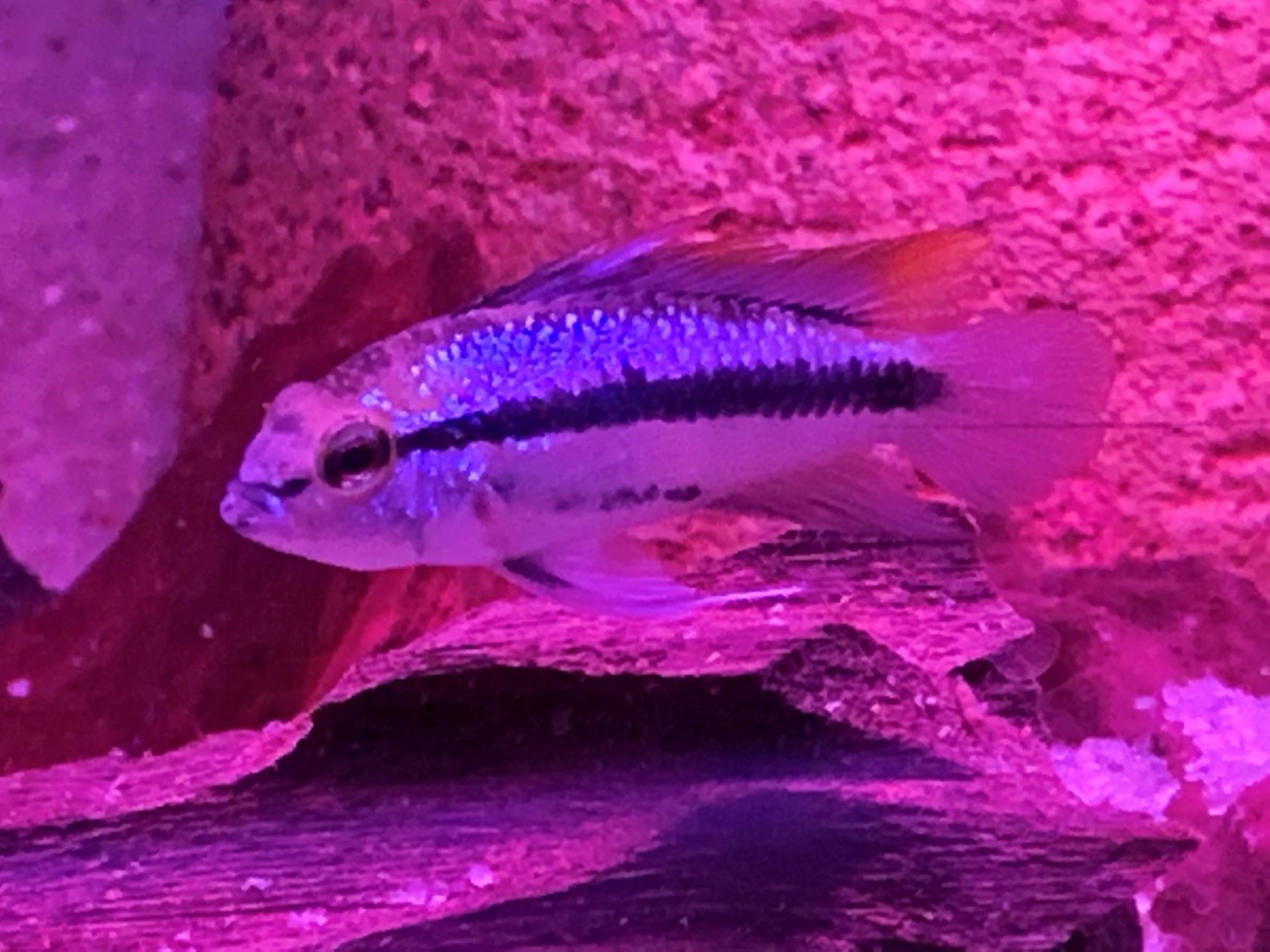
The Blue dwarf cichlid (Apistogramma trifasciata) is a beautiful compact cichlid suitable for spacious community aquaria, where tankmates have space to avoid angry parental fish. As a haremic species, additional females can be added as long as each has her own territory. Given their southerly distribution, this is one of the Apistos that thrives at lower temperatures and responds well to a seasonal winter rest below 20C. This male was looking good at our Stapleton store.
https://www.fishkeeper.co.uk/fish/freshwater/cichlids/apistogramma-trifasciata


